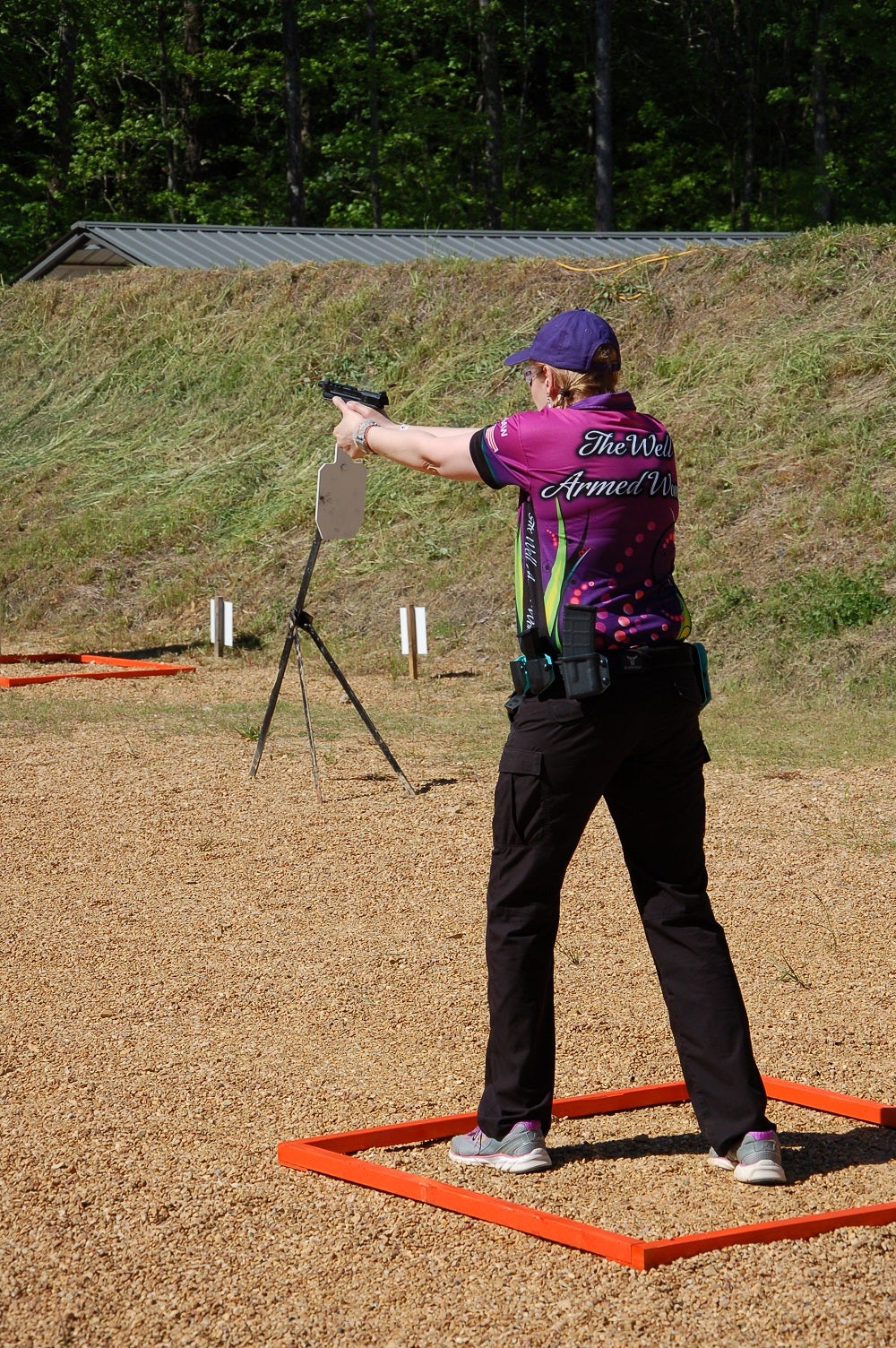Managing Handgun Recoil
Dr. John Woods 10.02.17

A big factor that deters many first-time handgun shooters is the recoil. Truthfully, learning to manage handgun recoil only comes by shooting practice. Certainly proper instruction can help especially for newcomers such as preppers, and survivalists just joining the game, but even training does not negate the physics of how and why a handgun recoils. Or how fiercely it recoils.
I guess I am one of the lucky ones. Handgun recoil has never particularly bothered me even biggies like the .44 Magnum and even the .460 Smith and Wesson. However, I will readily admit that I will never again shoot a Smith and Wesson 500 in their 4-inch barreled revolver. My wrist hurt for a week and so did my ears even with double ear protection. Massive recoil. Massive muzzle blast.
Speaking of which, the muzzle blast is often the second biggest factor in keeping new shooters from repeated trips to the range. And at the range the noise level of shooting handguns is only negated by double ear protection. This is best achieved by custom ear inserts with the use of electronic earmuffs that controls the noise level. Do this.
Recoil then becomes manageable by proper grip, stance, and learning to allow the recoiling action to flow naturally rather than trying to strong arm it. As the muzzle flips up with recoil then let the handgun rise with it. Over time your ability to bring the muzzle back on target quickly will happen as a natural reflex. If you try to inhibit that motion, you are only making things worse in the long run.
Naturally there is more felt recoil with a big magnum such as the .44 as opposed to a .32 ACP, a .380 ACP or even the 9mm, which has a rather unique snappy recoil that requires further adjustment. Recoil also differs greatly between handgun types. A big single action revolver like a Ruger Super Blackhawk just rises up upon recoil. A double action magnum like a Smith Model 29, .44 Magnum both rides upward and recoils back into the palm grip. In contrast most semi-auto pistol’s recoil is more direct into the grip. They all “feel” different.
Also recoil feel can be absorbed more with different handgun grip types and materials. Switch from a hard wood grip to a soft rubber grip. It can make a difference. Just keep shooting. The recoil management will come.